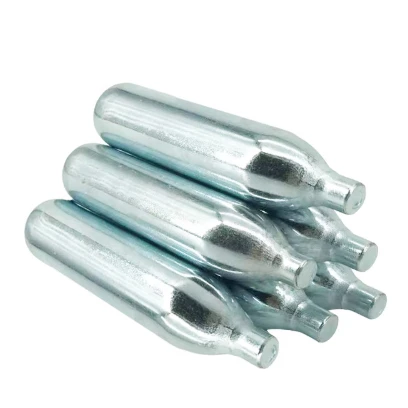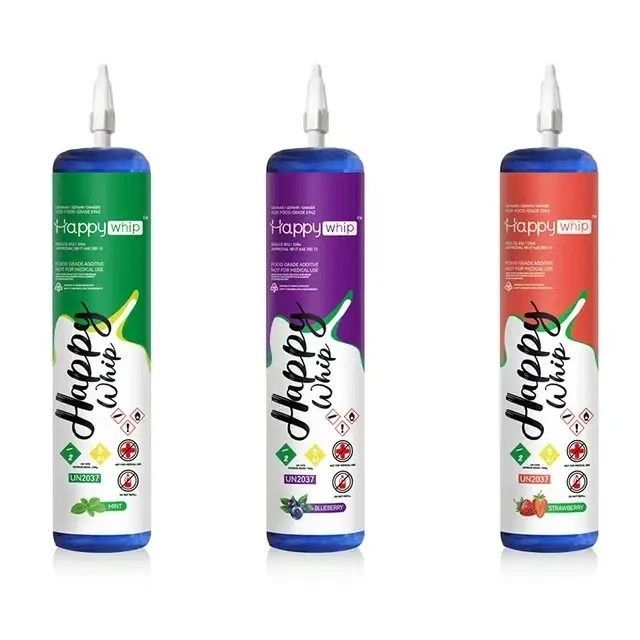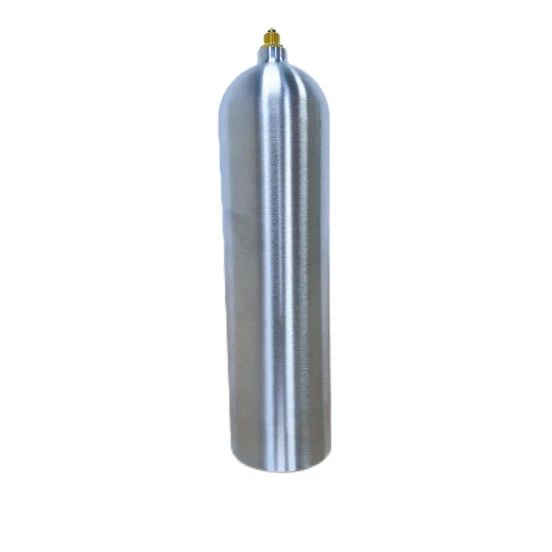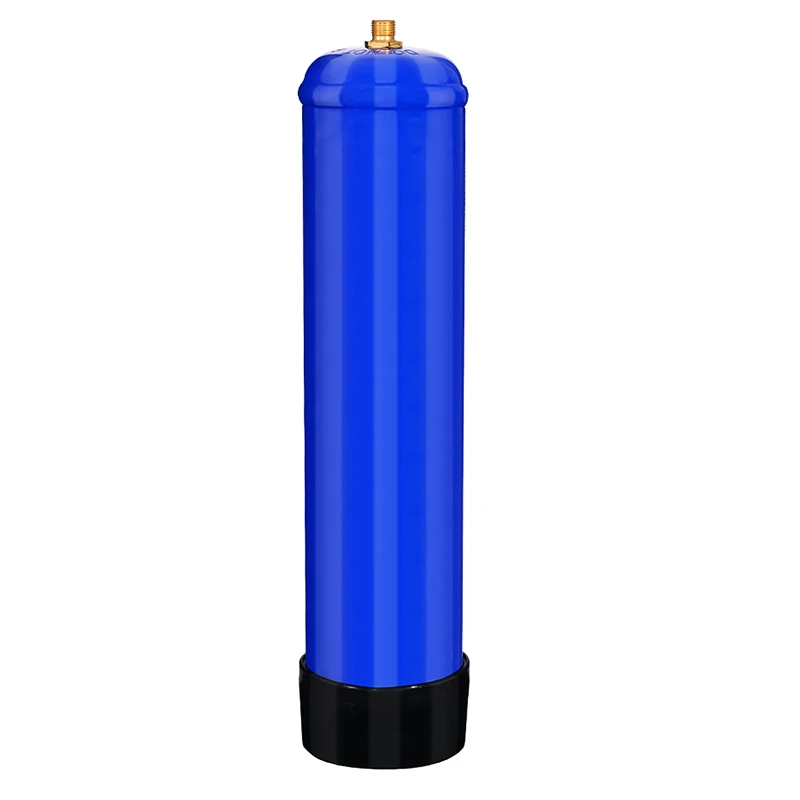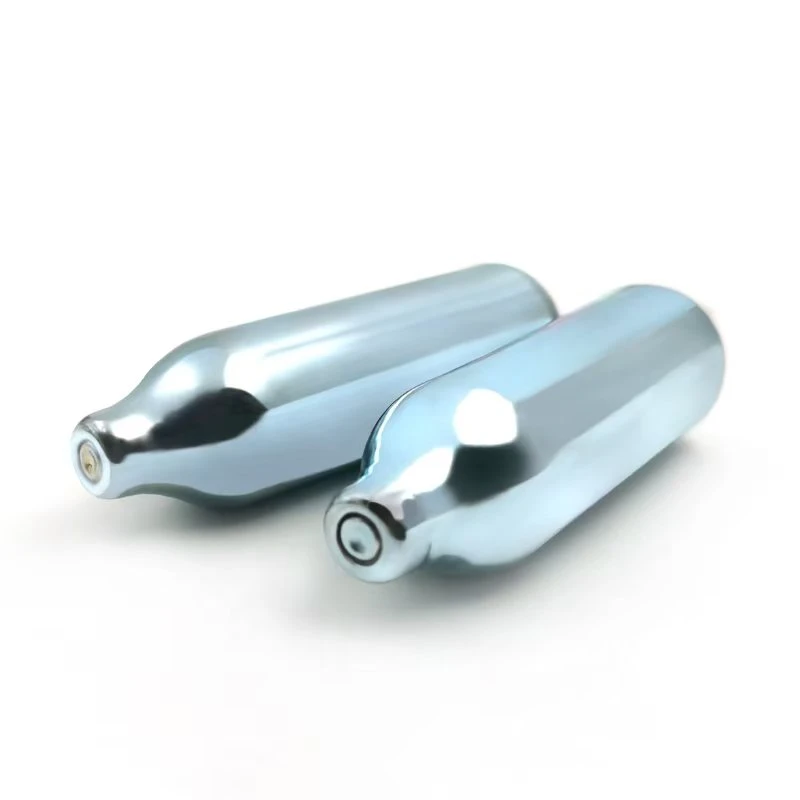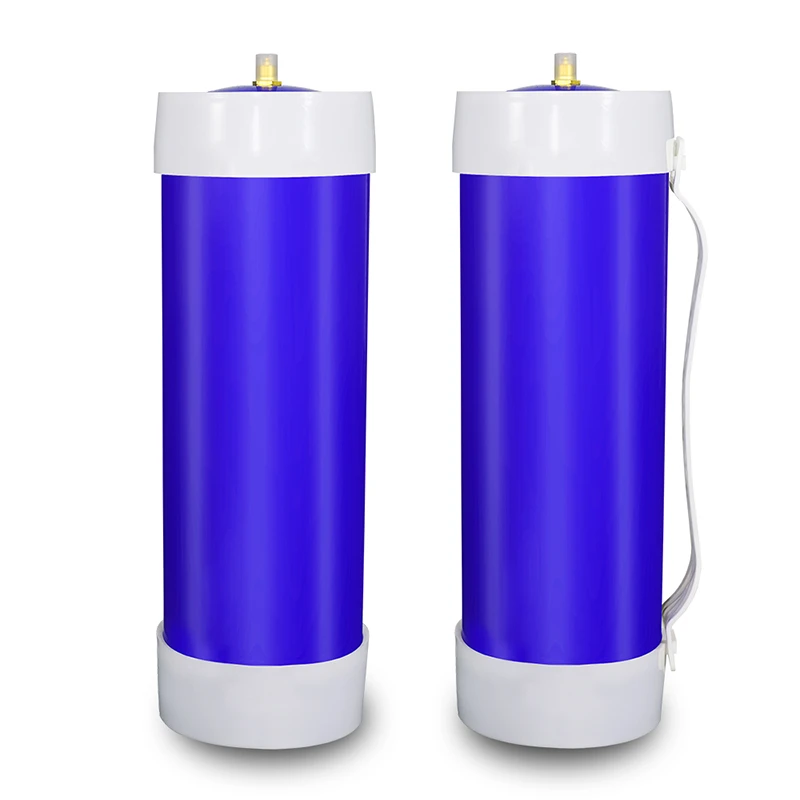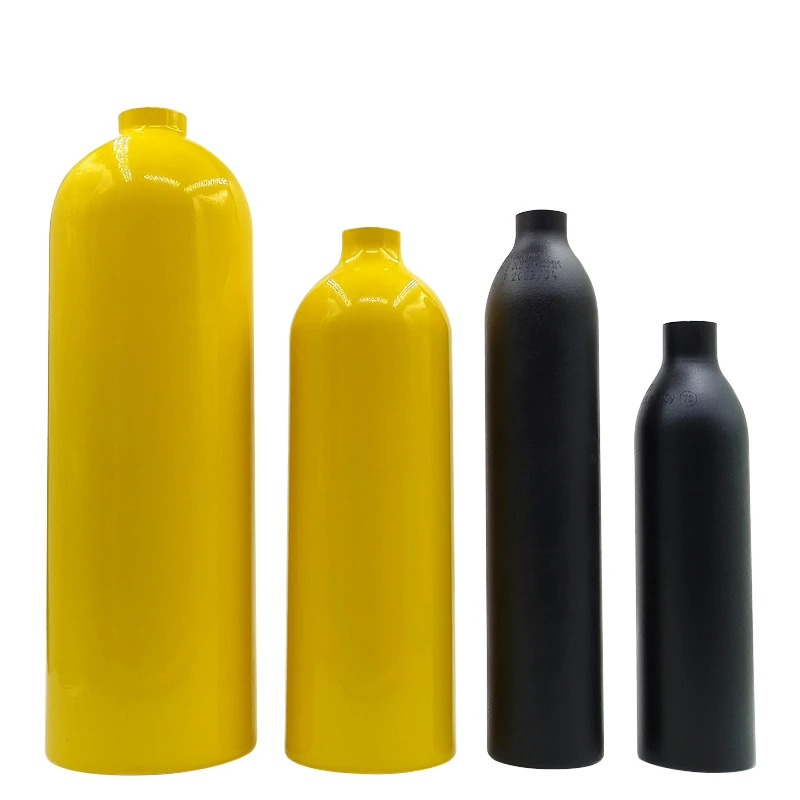
Understanding Ethylene Gas Cylinders: Uses, Types, and Pricing
In industries where plant growth, chemical reactions, or controlled ripening are essential, ethylene gas cylinders play a vital role. Whether you're working in agriculture, laboratories, or manufacturing, ethylene gas is often a necessary tool—and storing and transporting it safely and efficiently is just as important.
In this article, we’ll explore everything you need to know about ethylene cylinders—from their applications and safety standards to factors affecting the verð á etýlen gashylki. If you’re considering using or purchasing one, this guide will help you make an informed decision.
What Is Ethylene Gas?
Ethylene (C₂H₄) is a colorless, flammable gas with a faint sweet odor. It’s the simplest alkene (a hydrocarbon with a carbon–carbon double bond) and plays a significant role in plant biology and the petrochemical industry.
One of the most frequently asked questions is: What is ethylene used for? The answer varies widely by industry.
What Is Ethylene Used For?
Ethylene is incredibly versatile, and its uses span across multiple sectors:
1. Agriculture and Horticulture
Fruit Ripening: Ethylene is a naturally occurring plant hormone that accelerates the ripening process. Commercial banana, mango, and avocado producers often use ethylene gas in ripening chambers.
Flower Induction: Ethylene helps stimulate flowering in certain crops, such as pineapples.
Degreening of Citrus: It’s used to remove chlorophyll from citrus fruits to enhance their visual appeal.
2. Chemical Industry
Plastics Manufacturing: Ethylene is a primary feedstock in the production of polyethylene, the world’s most commonly used plastic.
Ethylene Oxide and Ethanol: It’s used to produce various solvents, coolants, and industrial chemicals.
3. Medical Research and Laboratories
Sterilization Processes: Ethylene derivatives are used in creating sterilizing agents for medical instruments.
Biochemical Studies: Used in plant physiology studies to observe ripening, aging, and stress responses.
What Is an Etýlen gashylki?
An etýlen gashylki is a pressurized container designed to safely store and transport ethylene gas. These cylinders are manufactured under strict safety standards and often made of high-grade steel or aluminum.
Ethylene is flammable and can form explosive mixtures with air, so the cylinder must meet safety regulations regarding pressure tolerance, valve design, and proper labeling.
Features of an Ethylene Cylinder
When selecting an etýlenhylki, several features should be considered:
Efni: Most are made from carbon steel or aluminum alloy.
Valve Type: Typically CGA-350, compatible with flammable gases.
Getu: Ranges from small portable cylinders (1–10 liters) to large industrial sizes (up to 50 liters or more).
Purity Level: Depending on the application, cylinders are available with industrial-grade or high-purity ethylene (up to 99.9%).
Some manufacturers also offer refillable ethylene gas cylinders with returnable deposit programs or rental plans.
What Affects the Ethylene Gas Cylinder Price?
The verð á etýlen gashylki can vary significantly based on several factors:
1. Cylinder Size and Volume
Larger cylinders (e.g., 47 liters) naturally cost more than small portable options (e.g., 5 liters). Prices generally rise with capacity.
2. Purity of Gas
High-purity ethylene intended for medical or lab use will be more expensive than industrial-grade ethylene for agriculture.
3. Rental vs. Purchase
Many suppliers offer cylinders on a rental or lease basis. Upfront purchase costs may be higher, but long-term rental fees can add up.
4. Packaging and Safety Features
Some cylinders come with advanced safety features (valve guards, tamper-proof seals, pressure relief devices) that add to the cost.
5. Shipping and Handling
Because ethylene is flammable and classified as a hazardous material, transportation costs may be higher—especially for international shipping.
Example Price Range (Indicative Only – Varies by Region):
|
Cylinder Size |
Purity Level |
Average Price (USD) |
|
5 Liters |
99.5% |
$150–$250 |
|
10 Liters |
99.9% |
$250–$400 |
|
47 Liters |
99.5% |
$500–$800 |
|
47 Liters |
99.9% (Lab) |
$700–$1,000+ |
Note: Prices may also include refundable cylinder deposits, regulator rentals, or delivery fees.
Handling and Storage Safety
Ethylene is highly flammable. When using or storing an etýlenhylki, follow these essential safety tips:
Store upright in a well-ventilated, cool, and dry place.
Keep away from ignition sources, open flames, and direct sunlight.
Use a proper gas regulator and check all fittings for leaks.
Ensure labeling and hazard signs are visible at all times.
Train personnel on emergency procedures and use of personal protective equipment (PPE).
Do not store with oxidizers or reactive chemicals.
Proper care not only ensures safety but also extends the life of the cylinder.
Ethylene Gas Cylinder FAQs
Q1: What is the shelf life of an ethylene gas cylinder?
A: If properly sealed and stored, an ethylene cylinder can remain usable for several years. Always check the manufacturing date and next inspection due date before use.
Q2: Can I refill an ethylene gas cylinder?
A: Most industrial cylinders are refillable by certified suppliers. Never attempt to refill a cylinder yourself unless you are licensed and equipped to handle flammable gases.
Q3: What is the most common size for agricultural use?
A: A 10-liter ethylene cylinder is commonly used in fruit ripening rooms or greenhouses, balancing capacity with portability.
Q4: How do I determine the right purity level for my application?
A: For agriculture, 99.5% purity is typically sufficient. For lab or medical use, opt for 99.9% or higher.
Q5: Is it safe to use ethylene gas indoors?
A: Only in controlled environments with proper ventilation and safety systems. Always follow local safety codes and guidelines.
-
N₂O Cocktails: Crafting Velvety Textures with ScienceFréttirJul.04,2025
-
What to Do When Whipping Cream Won’t Whip? Causes, Fixes, and the Key Secrets to Perfect Whipping!FréttirJun.23,2025
-
Scuba Tank Price and OptionsFréttirJun.19,2025
-
Scuba Diving Oxygen Cylinder Essentials for Safe Underwater AdventuresFréttirJun.19,2025
-
Innovations in Diving Bottles Gear and Safety SolutionsFréttirJun.19,2025
-
Exploring Scuba Tanks for SaleFréttirJun.19,2025
-
Ethylene Gas Cylinders SafetyFréttirJun.19,2025
Tengt Vörur

